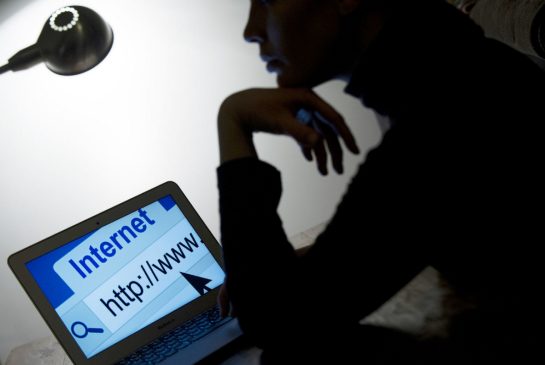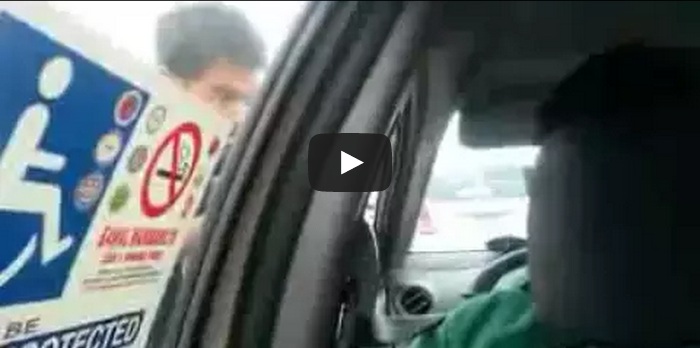Recently, a sensitive video allegedly involving a 12-year-old actress has surfaced and made the rounds, stirring much commotion among netizens. But more than the hullabaloo it’s created, concerns about the child’s welfare and her right to privacy have also been raised, prompting the question… when is too much too much?
When In Manila, we’re always faced with the hottest trends, the freshest content and the juiciest stories online– and everyone loves viral stuff on social media! But in the case of this actress, who we have to remember is a minor, there are times when trying to get in on the viral craze does more harm than good, when people are liking, sharing, commenting and basically spreading content at the expense of a person’s welfare, just because of the fear of missing out.
So for the next viral sensation that comes along, here are some nifty tips to know when the photo or video on your feed is worth clicking share, or when it’s just best to scroll down further.
On Sharing Viral Content Online: When Too Much Is Too Much
4. When the video or photo was taken in private, and was not obviously meant for the public
There are SO MANY videos or scandals supposedly involving various celebrities in the privacy of their home, that have been feasted on and shared numerous times by curious eyes, some videos which still exist a few years down the road. It’s one thing to watch their films in the cinemas, folks– it’s another to view a private video which was obviously not meant for public consumption. A lot of people will say, “Then why videotape/take a photo of it, then?” But the thing is, we don’t know what their reasons are, we never will, and we don’t have to anyway. Uploading private videos is an invasion of the individual’s privacy, protected by law under the Anti-Photo and Video Voyeurism Act, or RA 9995.
3. When the content involves a minor
Now, this ISN’T to say that when a video or photo shows person of age means it’s all fair game– but normally, we should keep our hands and eyes off any sort of content that involves a minor, for a number of ethical and legal reasons. We’re talking about a CHILD here, after all– would you subject your own child or a child of anyone you know, to be made into a spectacle by strangers no matter what the kid did? A number of laws also protect a child from being exploited: there’s RA 7610 or Special Protection of Children Against Abuse, Exploitation and Discrimination Act; RA 10175 or the Cybercrime Act which criminalizes child pornography; and once again, RA 9995.
2. When a negative video or photo does not benefit the greater good
On the site, we’ve shared countless stories of videos and photos posted by netizens that can paint certain individuals in a bad light– whether it’s a misbehaving cop, an irate passenger, or yet another scam story, but only because it serves the public well to let them know about these things. Before sharing, ask yourself: “Will the people benefit from seeing the video or photo I’m about to share?” Does it serve people well to show them a leaked private video? If the answer is no, then you’re better off scrolling down… or hitting the report button.
1. When sharing the photo or video may be illegal
A lot of us share content without knowing that we’re already breaking the law. But as earlier mentioned, there are several laws that prohibit the distribution of video or photos of a certain nature, especially without the owner’s consent. Especially now that the Cybercrime Act is a law (and a thing now), crimes such as illegal access, system and data interferences, misuse of devices, and child pornography among others will have you paying the crime– and possibly doing the time.
The internet is a wonderful thing to have– let’s all be responsible in our usage!
What do you think of this?? Got any other guidelines on sharing viral photos or videos?






